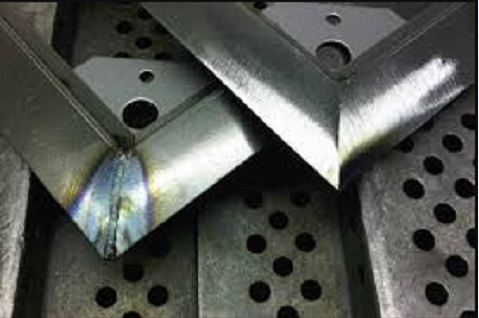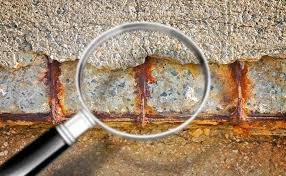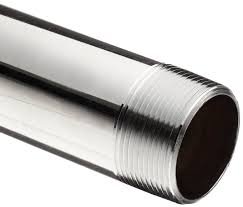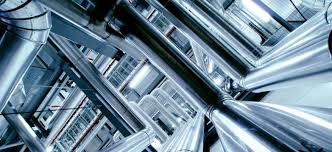Conclusion
Now, let’s review these important aspects of the 304 stainless steel pipes.
The 304 stainless steel pipe is a slender hollow pipe.
Essentially, it is an Austenitic chromium alloy. Moreover, it contains 18% Cr and 8% Ni. Therefore, people usually call it 18-8.
Moreover, people usually cold work, anneal and pickle it within a certain range of diameter and length.
In general, the alloy ratio of the 304 stainless steel pipes determines its performance.
And 304 stainless steel pipe is a kind of alloy metal with acid and alkali corrosion resistance, high-temperature resistance, and good weld-ability.
Moreover, it is easy to clean and maintain.
There are many types of stainless steel pipes. And there are usually several classification methods: classified by production method, classified by section shape, classified by tube end shape, and classified by purpose.
Among them, according to the production method, a 304 stainless steel pipe consists of two types: seamless pipe and welded pipe.
As for the seamless pipe, its interior is smooth. Moreover, because there are no welds inside, it is stronger.
The outer diameter of the welded pipe has seams. However, some welded stainless steel has very small seams or almost no seams are visible.
Based on its good performance and a wide variety of types, people use it extensively in the manufacture of equipment with good overall performance.
For example, food equipment, general chemical equipment, and nuclear industrial equipment.
However, even if the performance of stainless steel is very good, it may still produce rust spots and oxide layers after long-term use.
At this time, people need to clean them in time.
Otherwise, this will affect the service life, appearance, and performance of stainless steel.
That’s all for 304 stainless steel pipe today.
Finally ,if you want stainlesss steel pipes from China,please check the information here Buy Stainless Steel Coil from China: The Guidelines.
If you like this article, please share it with your friends.














